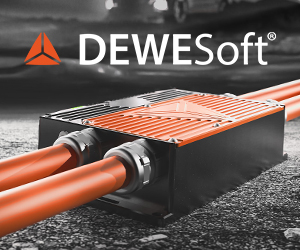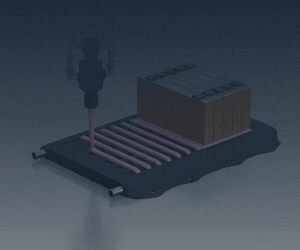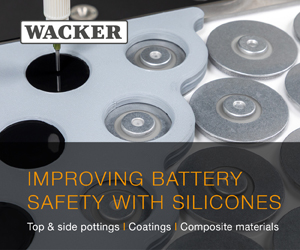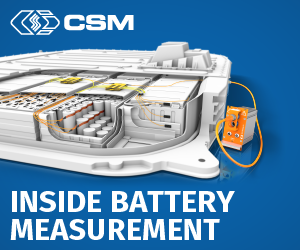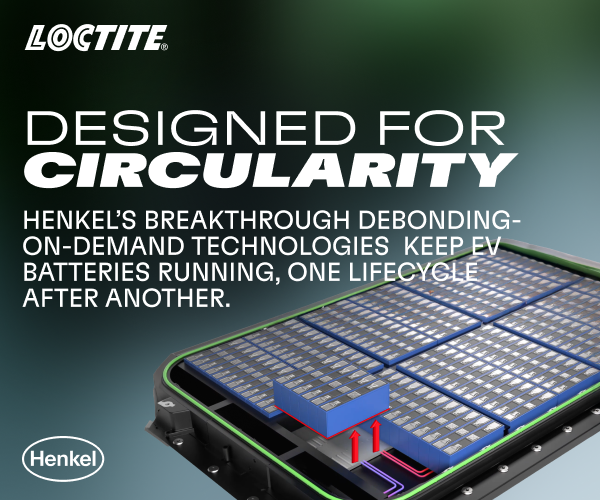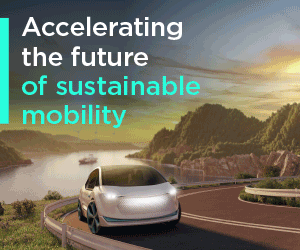BMW moves to two-motor architecture
BMW is using two different types of motor in its sixth-generation electric powertrain, writes Nick Flaherty.
The Gen6 eDrive system rolling out later this year redesigns the powertrain for 800 V operation, and adopts cylindrical rather than prismatic cells that are part of the vehicle’s structure.
One motor in the powertrain uses the same electrically excited synchronous motor (EESM) for its Gen6 power unit. On this type of synchronous motor, the magnetic field in the rotor is generated by DC windings rather than by permanent magnets. This allows the strength of the rotor’s magnetic field to be adjusted to the prevailing load conditions. This synchronous motor will be positioned above the rear axle and feature a compact housing incorporating the electric drive unit, power electronics and transmission.
The rotor, stator and inverter have been redesigned for 800 V operation with the design of the rotor alone accounting for more than 10 patent applications. The inverter, which uses silicon carbide (SiC) power transistors, will be built in a clean room at BMW and then integrated into the motor’s housing.
The Gen6 powertrain also employs a second, additional asynchronous motor (ASM) on the front axle. Rather than using permanent magnets or electrical excitation, the ASM rotor’s magnetic field is induced by the stator. On this type of motor, the rotor takes the form of a metal cage. The ASM offers the advantage of a more compact design, and reduces overall energy losses by 40%, cost by 20% and weight by 10%. This also allows BMW to offer an option of a motor on all four wheels.
The Energy Master intelligent central control unit is positioned on the high-voltage battery and provides the interface for the high- and low-voltage power supplies and for data from the high-voltage battery. It also controls the power supply for the electric motor and the vehicle electrical system, and ensures the safe and intelligent operation of the high-voltage battery. Updates for vehicles can be implemented independently and in real time via remote software upgrades.
A modular manufacturing system used to produce the Energy Master, designed fully in-house by BMW, has led to a series of new patent applications for the vehicle electrical system, including its electronic fuses.
The 800 V pack-to-open-body battery has 20% greater energy density than its predecessor, the Gen5 prismatic battery cell and it supports bidirectional charging.
“For the BMW Group, electric mobility is a key area of growth. We are leading the way with this drivetrain technology. At the same time, we are deliberately taking a technology-open approach, recognising that mobility needs vary between different regions of the world,” said Dr. Joachim Post, member of the board of management of BMW AG’s Purchasing and Supplier Network.
The powertrain and battery system are also designed for recycling at the end of life. BMW has a deal with SK tes – a leading provider of sustainable battery recycling services – to recover cobalt, nickel and lithium from end-of-life batteries for use in the supply chain for the manufacture of new batteries.
BMW is also exploring other direct recycling methods developed in-house. It is working with its joint venture Encory in a pilot process to set up a competence centre to produce battery cells using residual materials from battery production and recycled whole battery cells.
Click here to read the latest issue of E-Mobility Engineering.
ONLINE PARTNERS





















